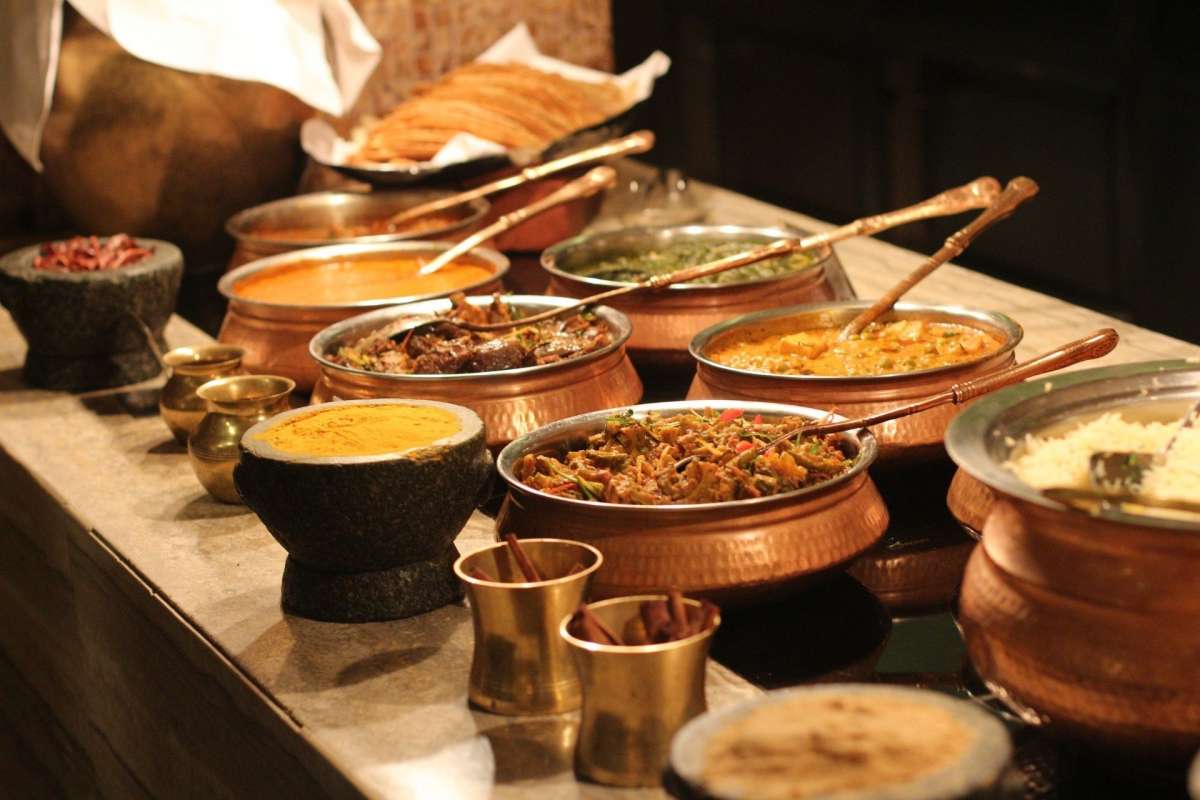
The Proliferation of Desi Flavours
A look at the Godrej Food Trends Report 2020 that was released in February 2020 gives readers, an insight into the top 10 food trends for the year. These predictions were made by a collective of around 150 food professionals from around the country. In particular, the focus was that India was going to see a proliferation of desi flavours. The pandemic may have thrown a spanner in the works for most of the world, but interestingly, it acted as a catalyst for this very trend.

Two-time National Award-winning Chef Varun Inamdar, popularly known as The Bombay Chef believes that desiness has gained popularity not just in terms of flavours but also in the proliferation of desi cookware – earthen, brass, copper, and bronze.
“Additionally, digital platforms are seeing an exponential rise in desi food shows. People are also beginning to adapt desi flavours across a range of foods. Take the North-Eastern bhoot jholokia – it is now being used not just as chilli, but as a steeped oil to spice up a wide range of foods,” adds Varun.
With more people working from home and now having to cook meals regularly, grandmothers’ cookbooks are being dusted and brought out. Varun feels that people are now realizing the provenance of the food they eat. With imports being cut down during the pandemic, people are finding that fruits like kiwis grow abundantly in Arunachal Pradesh. And that durian plantations dot the backwaters of Kerala. “Mahabaleshwar may be famous for strawberries, but it is also a key producer of turmeric, a fact that more people are coming to know of these days,” he says.
With food media consumption at an understandable high right now, Varun observes that the trend varies across media platforms. On TV, for example, recipes from chef travels are garnering huge interest. The Internet has made it possible for several international recipes to be replicated, but because there is a handicap of ingredients, there is a bit of desiness that has come into it. We now make pesto that has green garlic added to it! With books, baking has taken off in a big way and the desiness comes from generations of mothers using alternative fats like ghee in baking when butter is unavailable. “We love to read through recipes and make tweaks (popularly called jugaad) to bring a desi touch to it. When it is documented and becomes a part of your repertoire, it becomes a desi recipe and we are seeing a lot of that now” says Varun.
Another interesting trend we are seeing in the proliferation of desi flavours is the focus on local. Varun points out how a set of 17 millets have made a comeback, with people exploring beyond the popular jowar, bajra, and ragi. Red amaranth too has become popular, featuring in everything – from a stir-fries to parathas to idlis. Desi fruits like seetaphal, chikoo, and jamun are finally getting their due too. Lots of wonderful things are happening with desserts too, with chefs and home-bakers working on some great flavour combinations.
Going into 2021, Chef Varun feels that these trends are only going to get amplified. “We have learnt a lot in the last few months and all of this will be applied in the industry once it opens up. There will be a lot of research on the menus. If you are looking at making desi foods exotic, it will be easy – think a Caribbean Jambalaya with red amaranth for that dash of color!
And we can’t wait to see how this proliferation of desi flavours takes off.
Tags
0 Comment
You may also like
-
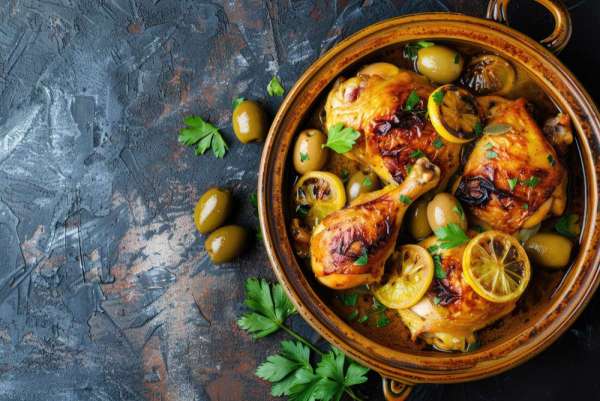
Kitchen stories Best of 2025: the year in search and 3 viral chicken recipes
by Vikhroli Cucina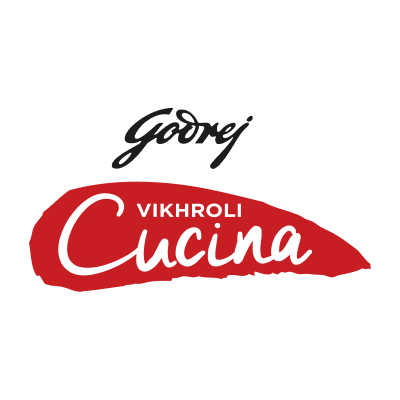
-
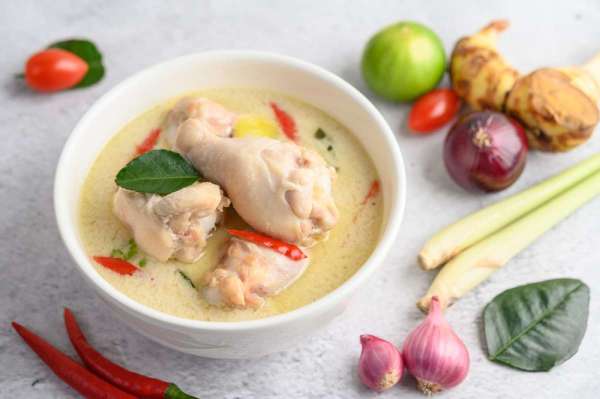
Kitchen stories The weekend chicken curry Christmas special: The Kerala Chicken Stew
by Vikhroli Cucina
-

Kitchen stories Gothic gastronomy: A Halloween menu of edible illusions
by Vikhroli Cucina
-
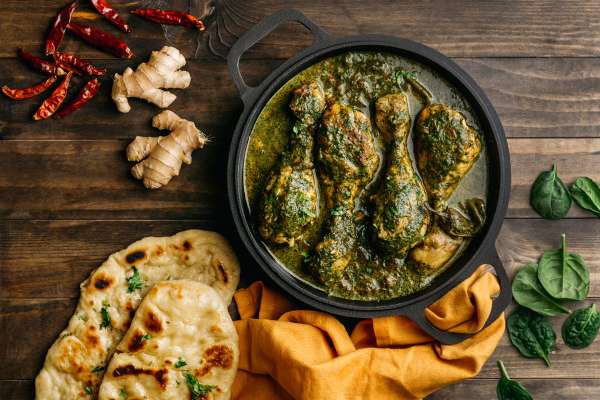
Kitchen stories The weekend chicken curry: Pahari Murg with Godrej Real Good Chicken
by Vikhroli Cucina

